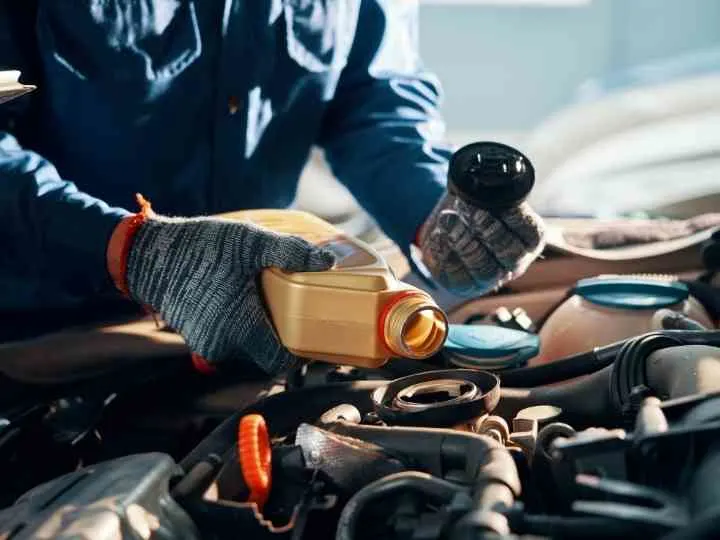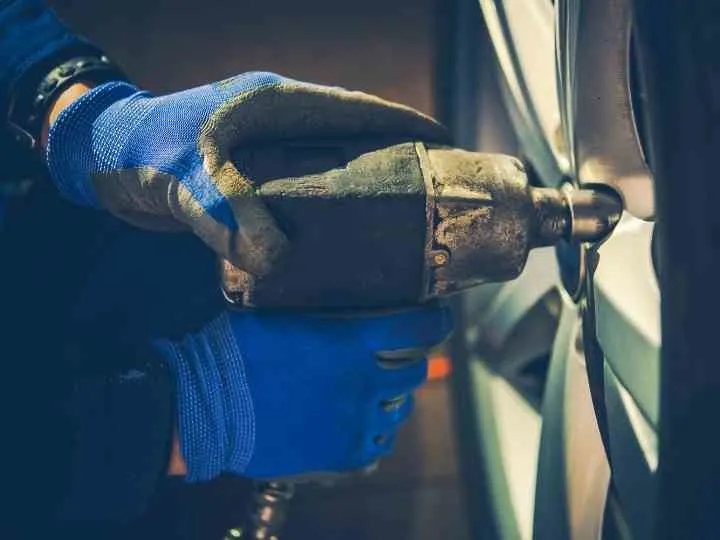If you’re looking for a used car in the classifieds section, chances are you have seen an ad saying the car “needs some TLC.” But what does TLC mean when referring to cars?
TLC stands for tender, loving care, so when someone says that a car needs some TLC, it normally means the vehicle has been neglected by its says owner. This means it might be behind on general maintenance, could have some exterior damage, or might need repairs or replacements.
TLC doesn’t have to be a major issue, it can simply mean the car is behind on an oil change or has a few bumps on the exterior.
If you’re wondering about the different ways a car can receive TLC, and how that TLC will benefit you, this article will cover it!
What Does TLC Mean for a Car?
Whether you are purchasing a used car that needs some TLC, or you want to give a little TLC to the car you already own, there are a variety of ways this can be done.
Fluid Top Offs
One of the easiest ways to give your car some TLC is by topping off the fluids. This is also a regular maintenance task you should stay on top of. Engine oil, transmission fluid, and engine coolant are all important fluids to monitor.
Many cars that are neglected by their owners will be low on any or all of these fluids. The purpose of engine oil is to keep the moving components of your vehicle moving smoothly without suffering damage from friction.
Transmission fluid helps your vehicle shift between gears easier and without struggling. If you fail to stay on top of your transmission fluid top-offs, your transmission can suffer from long-term and permanent damage.
Engine coolant is also important to prevent your engine from overheating. It also helps with rust and corrosion between use of your car. Coolant can also work together with engine oil to lubricate certain components and prevent issues caused by friction.
Oil Changes

In addition to keeping your oil topped off, regular TLC and general maintenance requires you to have oil changes. Normally performed every 3,000 miles, though some higher-end oils can last much longer.
An oil change simply involves draining the old oil from the system and replacing brand new fluids in. The oil filter is normally changed at this time as well, so the fresh oil can be strained through a clean filter.
Tire Rotation

Cars that need a bit of TLC are often in need of a tire rotation, even if they have been sitting in the same position for a while. Tire rotations are used for keeping the wear and tear even across all four tires.
A tire rotation usually involves switching the sides of the car the tires are on, as well as sometimes switching the rear tires to the front and vice versa. This helps ensure even tread wear across all four tires.
Brake Fluid and Pad Replacement
Whether you are purchasing a well-cared-for car or one that needs some TLC, it’s important to be sure the brake fluid is topped off and the brake pads are not worn down.
Having an improper brake fluid amount or heavily worn down brake pads can be a safety risk for you and others on the road.
If you press on the brake and do not immediately feel it starting to slow your vehicle, it might be time to check the fluid or pad wear. Additionally, if you press on the brake and hear a grinding sound or a squeaking sound, the brake pad is worn and will need replacing.
Interior and Exterior Detailing
A car that has a good engine but still needs TLC could be referring to interior or exterior blemishes. For the exterior, you may notice some dents that need to be taken care of, or paint that might be peeling or chipping off.
Additionally, an exterior that needs TLC could mean it has some corrosion or rust, normally along the floor boards or lower structures of the vehicle.
Interior TLC could mean there are stains or tears in the upholstery, the carpet is in poor condition, or the overhead liner needs repaired or replaced.
How Much Does Car TLC Cost?
The cost of TLC will depend on a range of factors including how old the vehicle is, what model it is, and whether or not the TLC it requires is simple or highly involved.
It will also depend on where you take the car for the repairs and maintenance. For example, if you are able to do the work yourself, the prices will be much lower.
If you take it to a commercial garage, the costs will be higher since you are also paying for labor.
In general, prices for each task can have a wide range. For example:
- Oil Change – Normally this includes the draining and replacement of the oil, as well as the replacement of the oil filter. This can run anywhere from $35 to $75 on average for most cars. If your car needs higher quality synthetic oil, the price will be higher.
- Tire Rotation – Many garages will offer tire rotation for reasonable prices around $40, though this can cost up to $150 depending on the size and style of tires. Additionally, tire rotation is often free if you purchase a replacement tire from the same place.
- Engine Tune-Up – For basic tune ups that include spark plug cleaning or replacement, the cost will be around $60 to $100. For more specialized tune ups on more exotic or highly computerized cars, the cost can be considerably more expensive.
- Brake Pad Replacement – Purchasing new brake pads and having them installed costs around $150 per axle. However, if you need both axles replaced or require highly specialized brake pads, this can cost up to $300 per axle.
Staying on top of your general maintenance and giving your car some TLC on a regular basis can help prevent the need for some of these expenses. For example, if you stay on top of your own fluid top offs, you won’t need an oil change as often as you might on a car that was neglected.
Conclusion
Giving your car a bit of TLC can be part of your general maintenance and regular upkeep. But if you purchase a car that says it needs a bit of TLC, be prepared to fix a few issues that have been neglected.
This can be as simple as replacing the fluids, or can be as major as needing a transmission replacement.
Giving your car the regular TLC it needs can not only save you money in the long run, but it can also provide a safe vehicle to get you from A to B. You’ll be safe driving your vehicle, and other people on the road will be safe as well.
